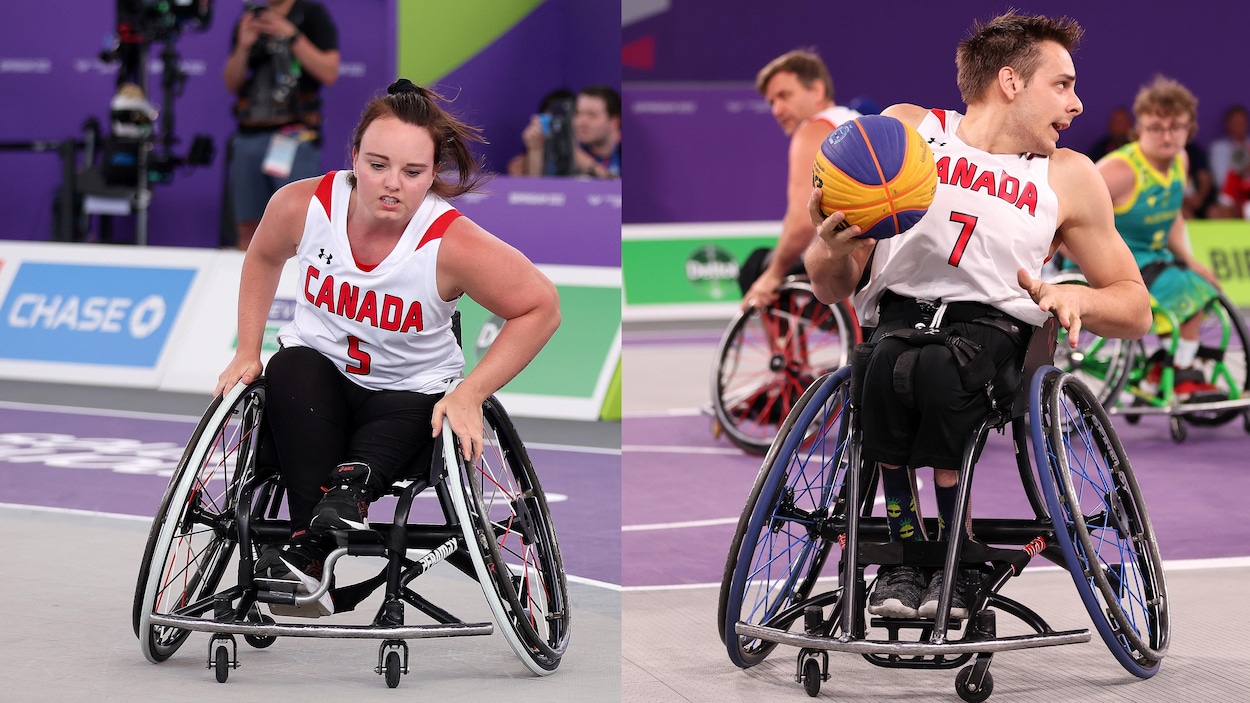PROTECT YOUR DNA WITH QUANTUM TECHNOLOGY
Orgo-Life the new way to the future Advertising by AdpathwayOur articles are not designed to replace medical advice. If you have an injury we recommend seeing a qualified health professional. For more information please see our Terms and Conditions.
We’ll start this blog post off by exploring endurance performance and our role within it as health professionals who treat injured runners. Then finish up with how to apply this in clinic with a simple, flexible approach.
First up, I do want to acknowledge that training planning can be a bit of a grey area and some clinicians don’t feel confident to work on this with runners. On a recent course a physio said, “I’m not a runner myself so I don’t know how to make training plans.”
My take on it is that we know excessive load through training is a key factor in running injury and planning a manageable return is vital to recovery. Physios and other health professionals are trained in pain, pathology and exercise prescription so I think we’re well placed to advise on load management and training. However many of us aren’t trained in optimising performance. Typically a running coach is better suited to that role.
So the distinction I tend to make is that if we’re working with an injured runner where the focus is adapting training based on injury and symptoms then this falls within our remit. If a healthy runner wants training advice to enhance performance then I would usually see this as the role of a running coach or performance trained professional.
The best of both worlds is to team up with a running coach so you can successfully manage both injury and performance
Each individual clinician will have different skills, training and experience so it’s important to recognise your own scope of practice and seek input from another health professional if you don’t feel able to meet a patient’s needs.
It helps to use a ‘performance pyramid’ and build from the bottom up with strong foundations of consistency, recovery and fuelling:

Consistency
Consistency is key to performance! World-class long-distance runners engage in systematic training for 8-10 years prior to reaching international standard (Haugen et al. 2022 based on Sandrock 1996)
Injuries and flare-ups lead to time away from training and prevent consistency. The most common cause of a setback is doing too much too soon so I favour consistent, gradual progress over pushing for rapid results.
Recovery
The more we train the more recovery you need but the less time you have to do it! It’s essential to plan it in from the start to address fatigue and reduce injury risk.
Fuelling
As we discussed in our last email Low Energy Availability can impair performance and increase injury risk. Runners should be encouraged to fuel enough for the demands of daily life and sport and seek advice from a qualified Dietician/ Nutritionist if needed.
These foundations of consistency, recovery and fuelling allow the athlete to build training volume which is the next step in our pyramid…
Volume
Recent research on nearly 120,000 recreational marathon runners found that the fastest runners tended to have the largest training volumes. The majority of their training tended to be low intensity (Zone 1 in a 3-zone framework).
I suggest injured runners build to 3 easy runs a week of around 30 minutes to restore some volume before making further changes to their training. We then start to bring in some structure to the plan with 1 run focussed on increasing distance towards their goal (e.g. to prepare for 10km, half-marathon or marathon).
Intensity
With consistent training volume in place, the next step may be to add intensity. Input from a running coach can be especially helpful at this stage. Runners often think that intensity is key. I’m sure you will have worked with some athletes who feel they need to push to 100% every session. The issue is though that this can lead to injury and reduce consistency and thus impair performance.
Strength and Conditioning (S&C)
S&C can improve running economy and performance, especially when heavier loads (80% of 1RM and above) are combined with plyometrics (Llanos-Lagos et al. 2024). There’s also some recent evidence that hip and core strengthening may reduce running injury risk (Leppänen et al. 2024) so it’s a win-win for our runners!
Gait re-training
Runners often believe that their running technique is key to performance but a recent review suggested that running biomechanics can explain just 4 to 12% of the between-individual variation in running economy when considered in isolation (Van Hooren et al. 2024). Visually determining efficiency is also challenging, even experienced coaches may not be able to identify which runners are most/ least efficient (Cochrum et al. 2024).
There is some evidence to support gait changes to improve economy (Quinn et al. 2019) but we consider it the tip of the iceberg (or in our case, the pyramid) so it’s more of a performance consideration when everything else is consistently in place.
Here’s a graphic summarising some of the key points supporting our performance pyramid:

How to apply this clinically
There’s a fair amount to consider here and obviously we’ll need to collaborate with runners and adapt training with them to meet their individual needs, but having a flexible framework can help guide a successful return to running after injury.
I tend to use the ‘3,2,1 approach’:

This helps an injured runner develop consistency and includes planned recovery. We can also discuss diet and fuelling and involve a Dietician/ Nutritionist if needed so our training foundations are in place from the start.
What do we mean by ‘manageable’?
We suggest 3 manageable runs – this means manageable in terms of symptoms. Individual advice will vary but for tendinopathy, for example, we would often suggest symptoms during running should be mild and settle within 24 hours after. Bone stress injuries are the exception here – optimal loading is pain free both during and after exercise, including running.
As you can see in our example week in the graphic we tend to have a weekly long run, this is usually where we’ll focus on building distance to prepare for a race or specific goal. The shorter run can become a medium or high intensity session when the patient is ready for it. Alternatively cross-training can be included to replace high intensity workouts if these are too provocative for a patient’s symptoms. It can also be used to build training volume.
This plan makes a good starting point but it may not be the end point, especially for higher level runners. When symptoms settle and rehab goals are achieved we may start to replace the rehab sessions with additional runs. Where possible we keep 1 weekly strength session as this works well to maintain conditioning.
As discussed above, planning training can be challenging so it’s often best to work with a running coach, especially when building intensity and enhancing performance.




















 English (US) ·
English (US) ·  French (CA) ·
French (CA) ·